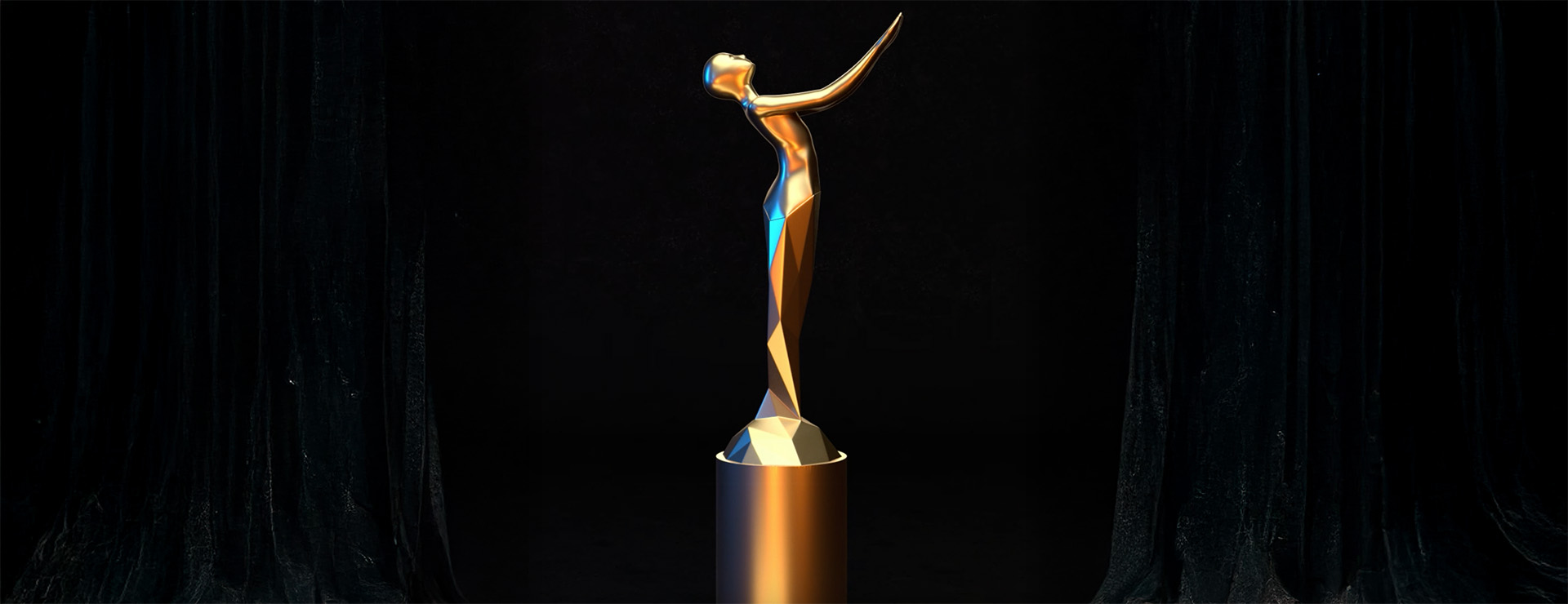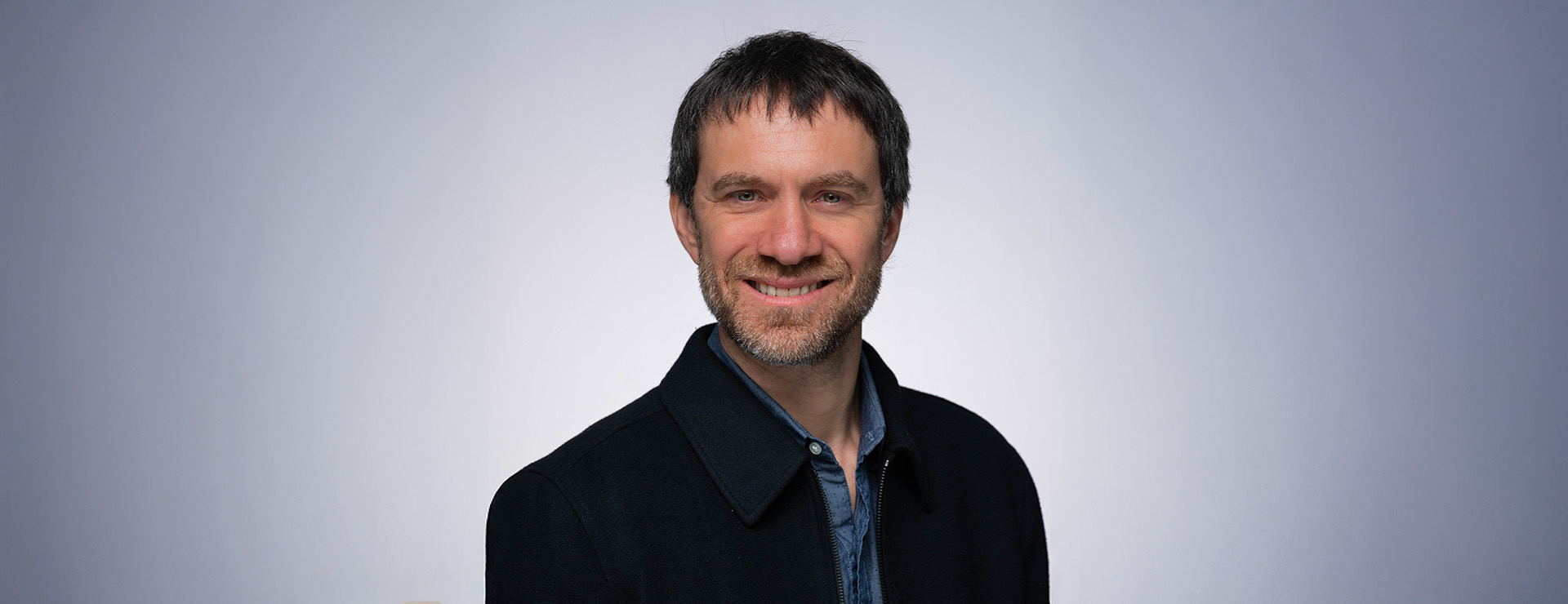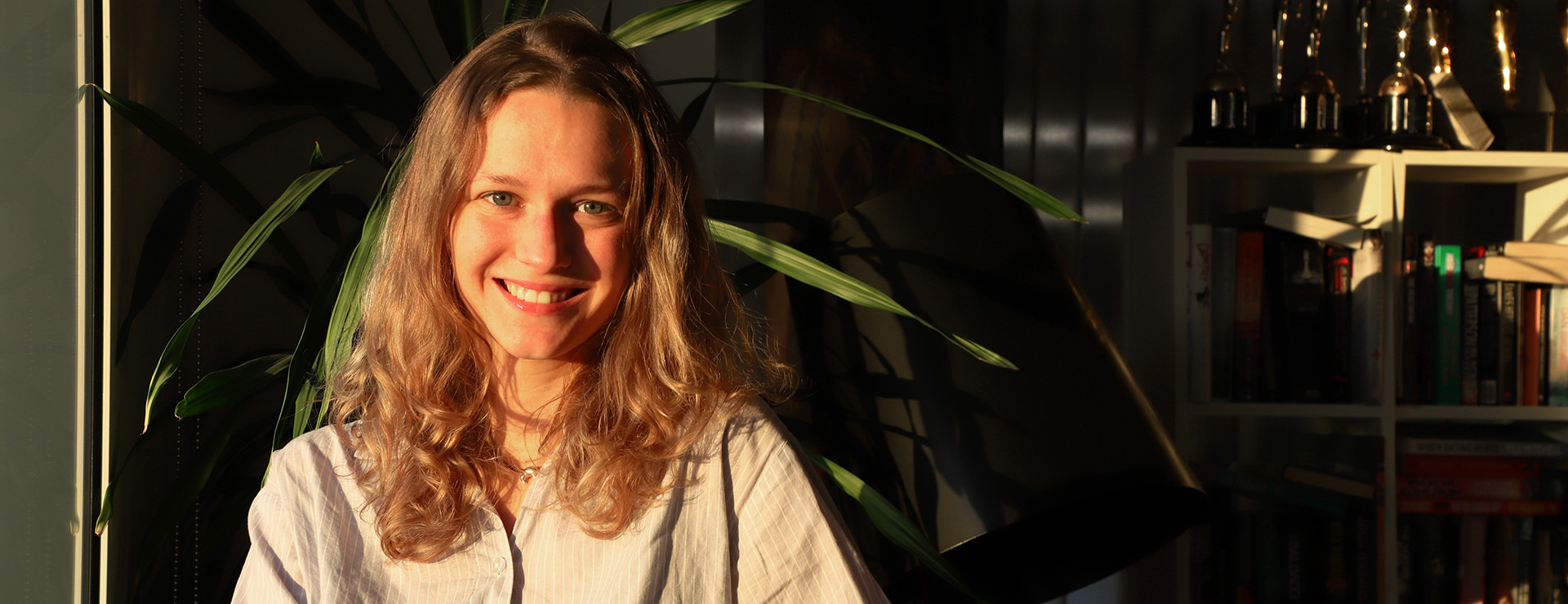The holidays are the time of year when brands most want to connect with consumers and, conversely, when customers are perhaps most open to brand messaging. But with everyone wanting to connect at the same time, marketing channels are crowded with similar holiday messaging, making breaking out a challenge.
Will Trowbridge, who has managed social media both at Disney and Netflix, founded Saylor in 2021 to “be the agency that I wanted to work with,” he says. With Trowbridge coming from a social background, Saylor brings that social-centric focus to entertainment and consumer brands. During the busy holiday season, this focus is especially important as brands try to break through to reach consumers.
Trowbridge joined Spotlight to discuss how brands can get the most out of their holiday social media campaigns. Spoiler alert: There’s more to it than just posting some Christmas-themed Santa GIFs backed by a Mariah Carey carol.
Spotlight: Just to kick us off, can you fill us in on Saylor’s background and where it fits in the entertainment marketing community?
Will Trowbridge, CEO and founder, Saylor: I decided to start Saylor with the intention of creating the agency that I wanted to work with. After a decade at Disney and Netflix, I’d worked with 200 or something vendors.I liked some of them and didn’t like others. I knew what I and all of my friends wanted from an agency partner, so I used that intel to create the agency I would have wanted to work with.
At Netflix, I managed Netflix is a Joke, which is their comedy vertical, while at Disney, I managed many of their different brands, including Disney and Pixar. I had done everything there is to do with social from that brand perspective. Ultimately, Saylor is grounded in social media. We believe it’s the most impactful platform and that that’s only going to increase over the years.
We feel that creating entertainment value for consumers on social has the best results for brands. It creates an understanding that you’re not just selling to consumers but you’re actually building a relationship with them. And that is going to get you more ROI for your dollar over time than something that is more of a performance marketing tactic or just putting out a call to action and assuming that everyone’s going to answer.
I’d say 80% of our business is rooted in entertainment marketing while the other 20% is working with consumer brands, but through an entertainment and social perspective.
Spotlight: When you say you wanted to create the agency that you wanted to work with, what did you mean?
Trowbridge: I think it’s about creating quality relationships. We're very forward about hiring wonderful people that are wonderful to work with. There was nothing worse than working on a really fun project that I cared deeply about on the brand side, and then working with a partner who clearly didn't care at all and was kind of a jerk. So that was a big focus area for our early hiring.
And then, of course, we bring proactivity and solution-first thinking to every project we do. I think what that comes down to is strategy, which is important whether you’re just producing one video, an entire campaign or an annual retainer. Strategic thinking and proactivity takes on such importance when it comes to actually providing value for the client, because otherwise the client has to do that thinking.
If you can just become an extension of them, you can take more off their plate than what's on the original brief. That's where I think having that client mindset becomes important. And that’s why I think we’ve made such strides because we think like our clients. We understand that it's not just our client, but that our client has clients within their companies. We can get them what they need faster, because we ultimately understand how they work.
Spotlight: When you think about strategy for your client, do you try to think about how they need to reach consumers across platforms and about creating all of the assets they might need to do that?
Trowbridge: That’s ultimately so important to what we believe. What has set us apart is we really push that. There's no one asset for all of these platforms. There's no one way to communicate to audiences everywhere all at once. And so we are always pushing, pushing, pushing our clients to think differently depending on the different social platforms they want to use and the different audiences they want to reach. We want to understand everywhere they want to go, so we can actually shapeshift our campaign to that, rather than assuming we can just cut down something into oblivion and have it go everywhere to the same effect.
We’re really spearheading this idea that audiences are smarter than ever, and are more diversified than ever when it comes to how they consume content. You have to actually meet them where they are in exactly the way they need to be reached. That is a major part of the thinking that falls into our entertainment ethos.
Spotlight: When you’re designing a campaign, do you think about how you are going to execute that campaign across the various platforms, whether that’s YouTube, TikTok, Instagram or what have you?
Trowbridge: Yes, it’s exactly that. Usually, the brief that we get is something like, ‘hey, we have this product that we want to reach this consumer and we think we’re going to do that on TikTok.’ And then we end up saying, ‘we can do that but that might not actually be the best way to reach them. What if we were to lean into these other platforms in a different way?’
The client that understands that they need to reach customers in different ways on different platforms is still the rarity rather than the client who says, ‘we have a limited scope so let’s put it all on red and hope for the best.’
These platforms love to gobble up money and are so pay-to-play that if you don’t have a huge budget or a massive following that you’ve already built over years and that garners incredible engagement, you’re just going to fall on deaf ears.
Spotlight: So essentially you are producing little TV shows, right?
Trowbridge: Exactly. Trying to actually get someone to follow a brand in 2024 is challenging. You have to sell to them such a clear promise on value that they are willing to allow you to market to them every single day in their feeds. These algorithm-based platforms like Tiktok are great for brands because it's just based on viewers and viewing behavior. Alone, that will shepherd some brands into your ‘for you page’ because you ultimately like their content. But actually choosing to follow them is a completely different thing. That's where it comes down to investing in an entertaining strategy that actually leads to a followership. That’s still a huge metric for these brands. They need to have a large following, even if it's just for vanity.
I really think the future of this game is more about the aggregate impact, rather than assuming that your own channel is going to get millions of follows just because you’re putting content out there. That's where the earned media comes in – when people want to talk about your brand because the content is so good. That's the goal.
You have to build an audience and build a brand that’s based on who you are, and the value you can provide, and then you have to stick to it and realize it's not going to be an overnight success. That's what I think these entertainment brands obviously have going for them. And that’s why consumer brands want to be entertainment brands because they're creating the content that people want to consume, that provides them value in their lives. If consumer brands can do that, that's the goal. Instead of skipping their ads, we're going to watch them because we don't even realize that they’re ads in the first place. They're actually providing us something that we ultimately enjoy and maybe will even follow voluntarily.
Spotlight: That was a long leadup to our main topic, which is holiday marketing. When should brands start thinking about their holiday social media campaigns?
Trowbridge: I would love to tell you that it's like spring or summer but for most it’s the end of August or early September. Honestly, Q4 is when everyone remembers that holidays exist. And I think in the social space there's still some level of ‘oh, we can just make it fast.’ But the reality is that that campaign is usually lackluster because it's less considered. The money is allocated in the wrong areas, and everything's thrown together.
I would say that an ideal situation is that you're planning the campaign in the summertime, and it's really based on what you are trying to say as a brand, and the priority product or tentpole message that you need to get out. If it's a really big activation plan, then you want to roll it out as early as possible. If it’s more like, ‘we're just trying to sustain our audience through this time,’ then of course [the planning for that] will happen later.
Spotlight: Can all brands find a way into the conversation that is honest to who they are as brands and also makes a splash? It seems like it's not worth diluting your brand just to participate.
Trowbridge: You have to get a Grinch costume, and wear it every day, all day long, on social. Have you seen that? You literally need to follow Dr Seuss on Instagram and Tiktok. They have a full-on amazing Grinch costume and Grinch character who is doing social trends, and saying hilarious things, and he kind of sounds like Jim Carrey. It's really creepy, but also very internet. The fact that it's licensed, and approved by the Dr Seuss brand is kind of crazy, but that's the type of unexpected, very social, very entertainment forward strategies that brands should employ. They should not be afraid just because the holidays are all about togetherness and giving and all this sweet stuff. You can have fun and create stuff that ultimately generates a huge reaction. I don’t follow Dr Seuss because I'm a fan. I follow it because of this Grinch thing they're doing. Before this, I couldn't have cared less what they were doing.
Spotlight: Are you surprised that a brand like Dr Seuss is willing to do that? Do you find that it's sometimes hard to convince brands to take those kinds of risks?
Trowbridge: I think it still takes a lot to convince anyone to do something that is a little bit weird on social. There's such fear around doing anything kind of different and new, even though there's now so many best-in-class examples of it working,
More than ever what's necessary to actually break through in culture you have to zig where everyone else is zagging, and I think everyone's trying to zig when everyone else is zagging. So you almost have to think one layer deeper to get something that is ultimately original. I think weirdness comedy is a great way to do it.
The other campaign that I'm obsessed with is the unfreezing every year of Mariah Carey on November 1. I think that is absolutely hilarious. It's just her on her own Instagram and Tiktok and social channels. She just unfreezes and then she starts singing.
Spotlight: Do you think that brands should have established some authority around the holidays or at least invested some brand equity there so that when they show up, it makes sense to consumers?
Trowbridge: I think every brand has the right to do whatever they want during the holidays but I also think the reality is if they don't have any credibility or brand promise or brand recognition, then it will likely just fall on deaf ears, unless they do something absolutely insane, and put a ton of money behind it to make sure that people see it. I think the reality is, if you just start marketing during the holiday season, and you lean completely into the seasonality of it, then you're probably just a holiday brand. What are you other than that if you have no other sort of context for that content? I think every brand has the right to participate and should. But should every brand expect the same ROI on that? Probably not.
Spotlight: Do you think that people get fatigued with the holidays, do you think we're just sort of inured to it? Or do you think people just get more and more into it as it goes on?
Trowbridge: I think there are like four or five beats during the holiday season that marketers are aware of, which is, of course, November 1, Thanksgiving, Black Friday shortly after, Christmas Eve and Christmas, and then you have New Year's Eve and New Year's Day. All of those are huge shopping holidays.
It's a very easy thing for marketers to get really excited about, because it's a time of year when consumers are more likely to spend. Brands need to spend a little bit more on media to get the right product in front of consumers at the right time, because they're ready to loosen their pocketbook.
Spotlight: Beyond the holidays, what advice do you offer to brands around preparing for other holidays or events, such as Black History Month or Women’s History Month?
Trowbridge: These are essentially just giant conversations for brands to add to. I think that if any brand is trying to start an original conversation during one of those months, they tend to fall flat on their face. So the question is how do you harness the conversation that all of these consumers and fans and audience members are having, add to it, and actually generate value that allows you to be part of the conversation.
We definitely recommend participating in those, but only if a couple other things are also true, which is that the brand actually can show up authentically in those spaces and add to the conversation, rather than commercialize something that has no business being commercialized. The winter holidays are so commercial, that it's pretty easy for brands to play there, versus those other months that are more tailored around a specific type of audience, who the audience is, and their experience and their celebration of that experience.















